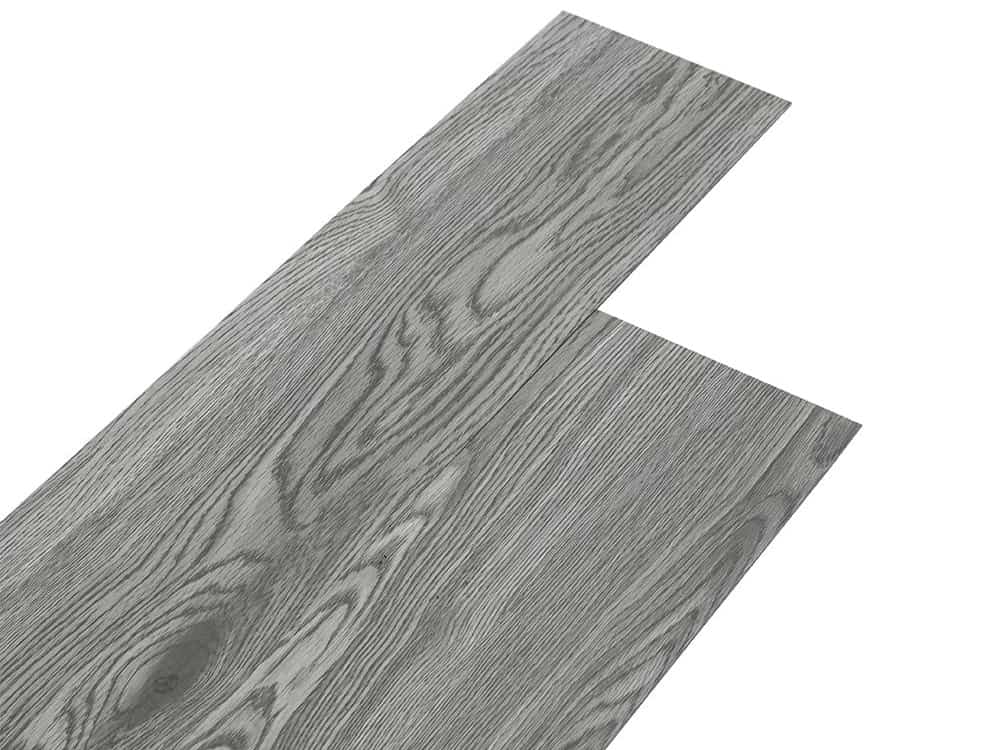The look and feel of your place of business – whether a retail shop, corporate office or even leisure centre – can have a significant impact on the mood of your customers and clients and therefore the profitability and success of your business as well.
Research has shown that how a retail outlet looks and the ambience it creates can affect the length of time a customer spends in the shop and even their inclination to make purchases. It is also essential in helping to attract a customer into the store in the first place.
Similarly, the aesthetic environment of an office can have a big influence on the productivity of staff.
The right flooring speaks volumes and this can depend both on type, such as carpet, tile, laminate or vinyl, and also on styles and colours. Some popular choices for office flooring include:
- carpet sheets
- Carpet Tiles
- laminate
- vinyl tiles
- wood-effect vinyl
- stone
- Ceramic Tiles
- marble
Creating Ambience
With shops, in particular, it is important to create an inviting atmosphere and even corporate environments need to balance the professional look with a welcoming ambience.
The use of more luxurious flooring materials, such as carpet, can go some way towards creating a warm and relaxing ambience or conveying a sense of prestige in a professional environment.
Even the presence of a good-quality rug over harder flooring can give the illusion of class and quality. Similarly, using laminate can give your premises a stylish and sophisticated look for a fraction of the cost of real hardwood.
Choosing Colour
While it is tempting to stick to a neutral palette and bland furnishings, a complete lack of Colour and Design can make a workplace or retail unit feel cold, clinical or even just plain boring.
Conversely, the correct use of colour can boost creativity and output as well as reduce levels of stress – in fact, the creation of “mood enhancement environments” is very popular now in the commercial sector.
Since the flooring covers a proportionately large area of the workplace, its colour can have a major effect.
Avoid bright, jarring colours which do not exist in nature, such as fluorescent pinks and greens.
Similarly, avoid saturating the area with a strong colour – instead, choose shades which are soothing to the eyes and perhaps save the more dramatic colours, like red, for occasional accents – e.g. a patterned carpet in muted shades of browns and oranges, with occasional flecks of red, is better than a wall-to-wall expanse of bright crimson.
Pastels are often chosen to create a cool, refreshing appearance and natural, earthy shades are generally considered more comfortable.
Having said that, use of colour does not mean that a work environment should be bombarded with brilliant hues at every turn, with flooring in multi-coloured tiles or psychedelic carpet patterns.
In many cases, particularly with corporate environments, simple, clean lines work best and flooring styles which tend toward the minimalist approach are ideal.
This means colours in contrasting tones of black, grey, cream, white, stone, beige and taupe and not too much variation in texture. Avoid “busy” patterns in the design, especially with carpets and vinyl.
Another thing to consider is the incorporation of logos, creative borders and other graphics into the flooring, particularly in client focus areas such as meeting rooms and the reception.
Done well, this can give the premises a unique look and improve professional impact.

